The Chewton Bridge, which carries traffic along PA Route 288 and over the railroad tracks below, sits in a location between the main village of Chewton and what is known as Lower Chewton in Lawrence County. The skewed truss-type metal bridge, originally known as the B&O Viaduct, is 153-feet long (the main portion) and 23-feet wide. The concrete approaches to the bridge extend its total length to 319 feet. It was constructed in 1928 – in conjunction with the erection of the new Wampum Bridge over the Beaver River – to carry traffic between Wampum and Ellwood City safely over the busy railroad tracks below.
Those double tracks, which created a dangerous at-grade crossing for pedestrians, were originally the line of a lone narrow gauge track laid by the Pittsburgh & Western Railroad (P&W) back in about 1879. The line ran from Pittsburgh, up along the eastern and northern side of what became known as Ellwood City (in 1892), banking northwest up though Lower Chewton, and continuing on to New Castle. I believe a small siding also ran through Lower Chewton near Mill Street. This line came under the control of the Baltimore & Ohio Railroad (B&O) in 1884 and was later expanded to a standard gauge double track. It served as B&O’s mainline on its prosperous route to distant Chicago and the major railroad company later bought the struggling P&W outright in 1902.
The at-grade crossing of the B&O tracks in Chewton, near where the line curved towards Ellwood City, was a constant source of danger to local pedestrians and later to those traveling in automobiles. A similar situation existed just across the Beaver River in Wampum, where traffic exiting the old Wampum Bridge (built in 1867) encountered a very dangerous at-grade crossing of the four sets of P&LE tracks while obscured by the old Pennsylvania Railroad Bridge. Due to these crossings the Wampum-Chewton area was long notorious for reports of people and automobiles being struck by oncoming trains. The occasional derailment of the trains was another danger as well.
One of the most sensational accidents at the Chewton crossing occurred on the afternoon of Thursday, January 3, 1918, when twenty-eight-year-old Dr. Frederick Wagner, Wampum’s lone physician and President of the Borough Council, was struck and killed by a B&O passenger train. He was driving towards Chewton to see a patient when a southbound train headed towards Ellwood City struck his automobile and carried it a good distance. Wagner, while barely conscious, was placed on the train but died before they could reach the hospital in Ellwood City. His death shocked the community and many questions were left unanswered about just how the accident occurred.
The local residents had long agitated for the building of new spans and roadways to improve these dangerous situations, but it was not until the mid-1920’s that a serious plan was set in motion. Despite popular opinion that the Chewton Bridge was constructed in 1922 I can tell you that this is simply not true. An eight-year-old Chewton girl, returning from a local store, was struck and killed by a train at the B&O crossing in May 1925 and family of six, whose automobile stalled at this crossing, narrowly escaped death in August 1925. (See the articles below to learn more about these incidents.)
The building of a new Wampum Bridge over the Beaver River and the P&LE tracks and a span over the B&O tracks in Chewton, in addition to new and improved roads in the area, was finally authorized in November 1927. It required a series of complicated negotiations and agreements between the U.S. War Department, the State of Pennsylvania, Lawrence County, Wayne Township, the Borough of Wampum, the P&LE, and the B&O.
The new Wampum Bridge was to be built further to the north – past where Chew Street runs in Lower Chewton – and new connecting roads and approaches were needed. To build the B&O Viaduct (just south of the at-grade crossing) nine homes in Chewton were condemned and the property taken over. A new road, PA Route 288, was designated to run from Wampum, along Anne Street in Lower Chewton, and join the improved Wampum-Ellwood Road onward to Ellwood City and distant Zelienople.
Construction on the project began by January 1928 and continued in earnest throughout the year. By December it was about completed and a big celebration was planned for the opening of the Wampum Bridge and the B&O Viaduct. The entire project cost $343,518.59 and another $24,000 or so to settle disputes with uprooted property owners. More importantly, the opening of the new bridges eliminating the dangerous at-grade crossings of the railroad tracks.
Oddly enough, before an official unveiling was held, the barriers blocking the completed bridges were mysteriously removed and curious folks started crossing over the spans on the evening of Wednesday, December 19, 1928. Just who removed the barriers was not known at the time. Anyway, a belated grand celebration was held in Wampum on Thursday, February 7, 1929. It included a parade from Wampum to Ellwood City, a dedication ceremony in the Wampum Presbyterian Church, and a dinner held at the Presbyterian and Methodist churches in Wampum to accommodate the large crowds.
By the early 1970’s the bridge, and others in the region, were placed under weight restrictions and deemed to be in dire need of repair. The Chewton Bridge was so bad that in the fall of 1974 local school kids (headed to Lincoln High School in Ellwood City) would have to exit their buses at the approach to the bridge and walk across the span before re-boarding.
The Koppel Bridge, between Ellwood City and Koppel, and the Chewton Bridge were finally slated for repairs in 1974-1975. Closing both spans at the same time would severely affect traffic flow into Ellwood City, so the Koppel Bridge was the first to undergo work. It was limited to a single lane in the fall of 1974 as work commenced. It was scheduled to reopen in February 1975, at which time the Chewton Bridge would then close. Work on the Koppel Bridge ran behind schedule and it was not until mid-May 1975 that the Chewton Bridge was finally closed to traffic. The work was completed on schedule and a small ribbon-cutting ceremony was held on Wednesday, November 12, 1975. Among those on hand to witness the event were my grandmother Irene (LaPatka) DeMarc, my uncle Frank “Shorty” LaPatka, and my uncle Robert Aiello of the Wampum Borough Council. My grandmother lived just nearby in Chewton from 1970 until her death in 2007 and I remember walking across this bridge many times during the summers of 1975-1977.
The Chewton Bridge was upgraded but was significantly altered in a way that ruined some of its historic significance. Other repairs were undertaken since 1975, especially working on the crumbling walkway across the bridge. The bridge is still in use and sees quite a bit of vehicular traffic. Today the trains of the CSX Transportation, the Allegheny Valley Railroad (AVR), and the Buffalo & Pittsburgh Railroad (BPRR) run along the old B&O tracks below.
To read about an upcoming inspection of the dangerous at-grade crossing in Chewton in July 1923 click on: TO BE INSPECTED ARTICLE. Unfortunate accidents at the Chewton crossing were not uncommon. To read about one such accident involving eight-year-old Josephine Italia of Chewton in May 1925 click on: TRAIN KILLS GIRL ARTICLE and WARNING WHISTLES FAILED ARTICLE. To read about the DeVito family’s harrowing escape from a stalled vehicle on the tracks in August 1925 click here: TRAIN HITS STALLED VEHICLE ARTICLE.
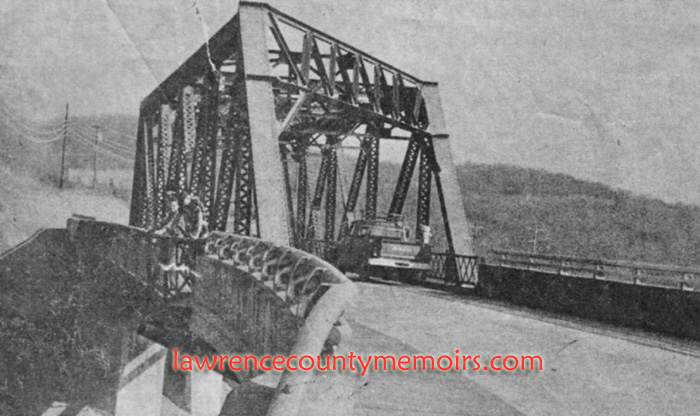 A view of the Chewton Bridge, constructed back in 1928, soon after it was reopened to traffic in November 1975 after significant repairs were made to the span.Full Size |
 A photo similiar to the last one. (Apr 2010) |  A closeup of the metal beamwork. (Apr 2010) |  The age of the bridge – built back in 1923 – is evident upon close examination. (Apr 2010) |
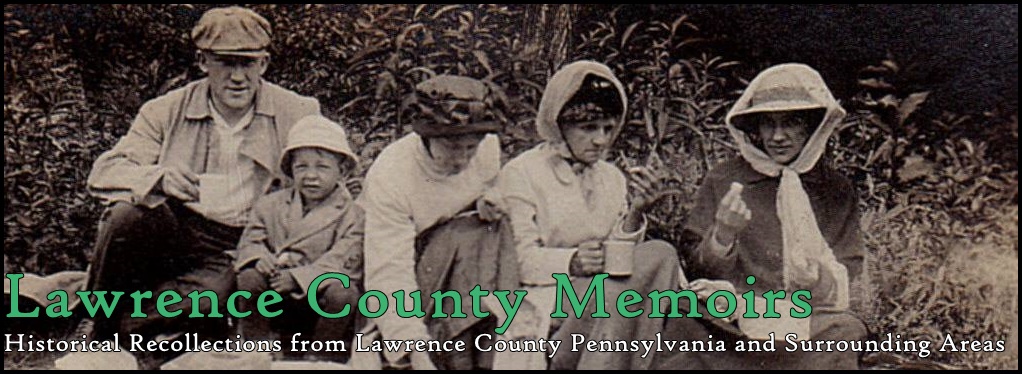




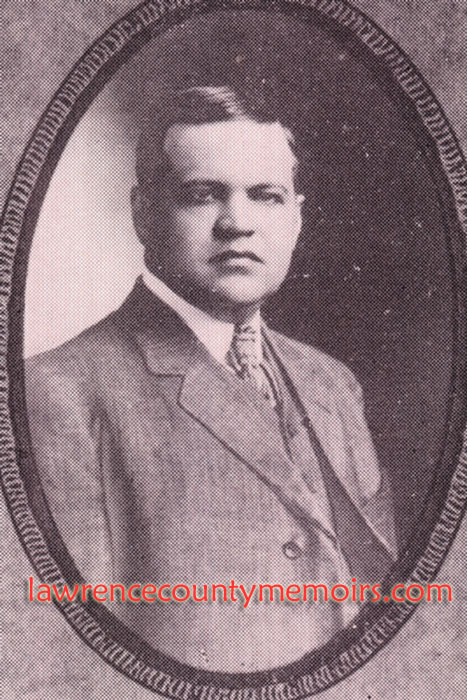
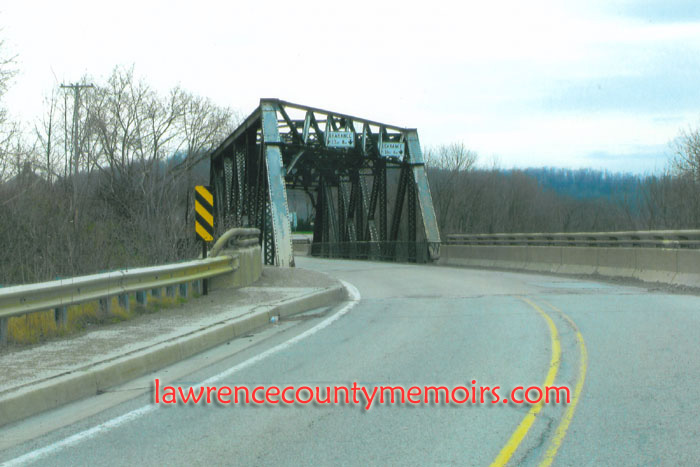
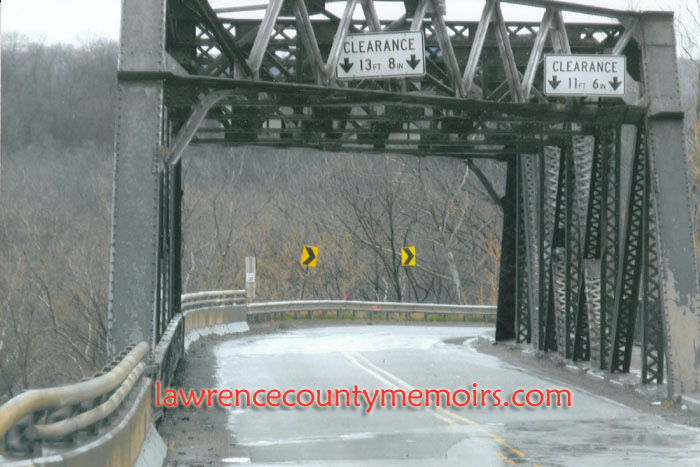
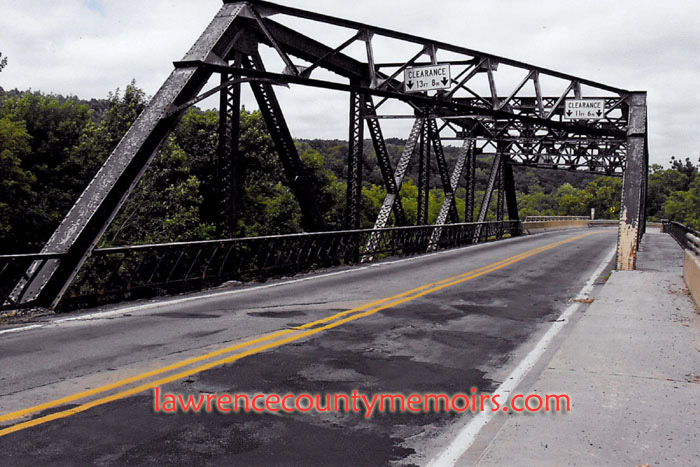
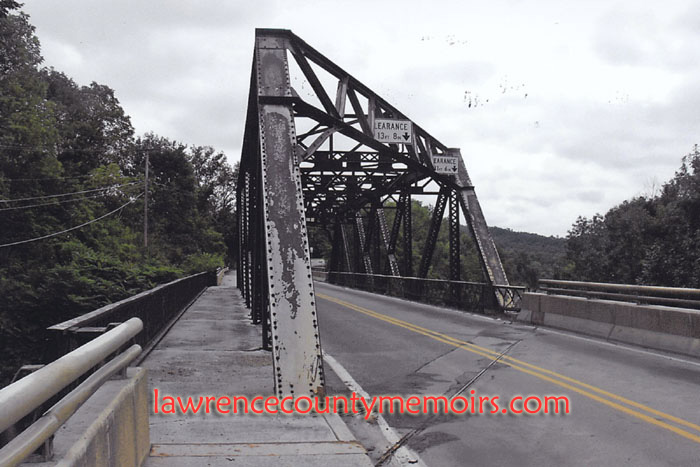
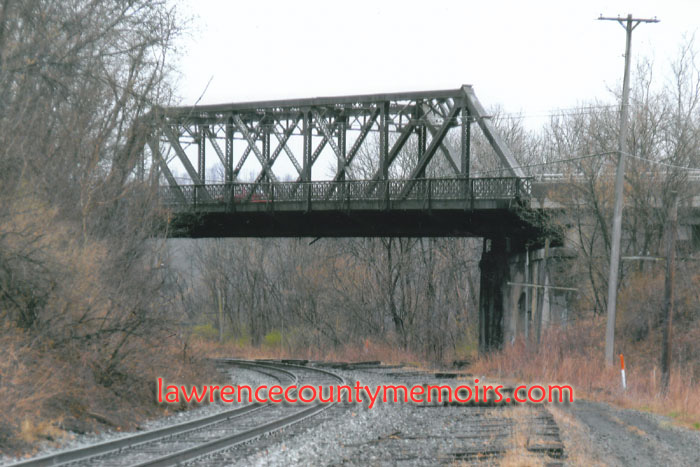
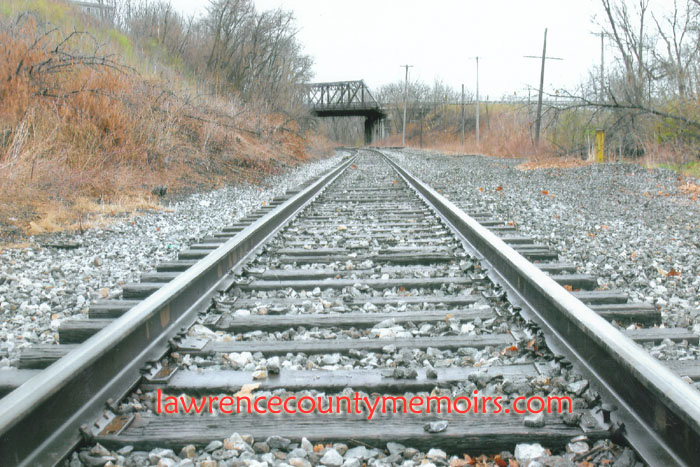





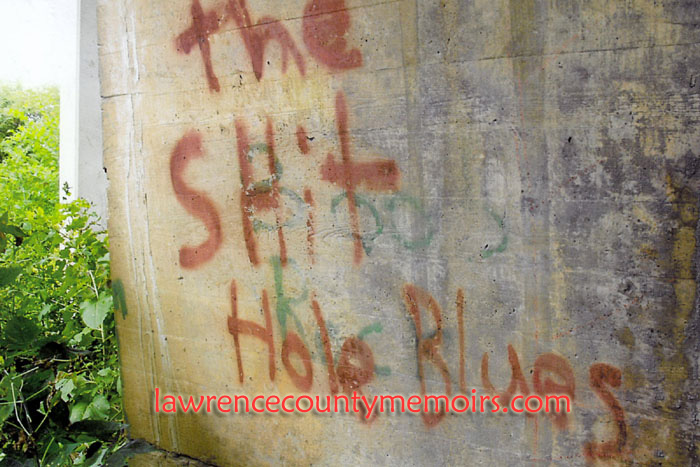
Comments
There are currently no comments on this article.
Comment